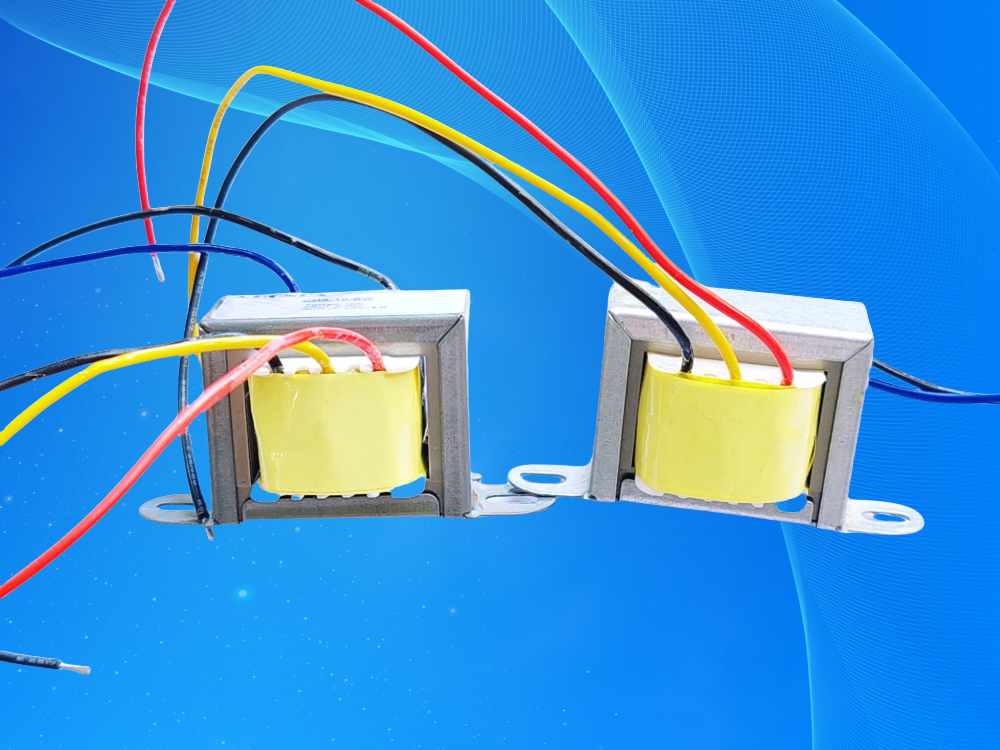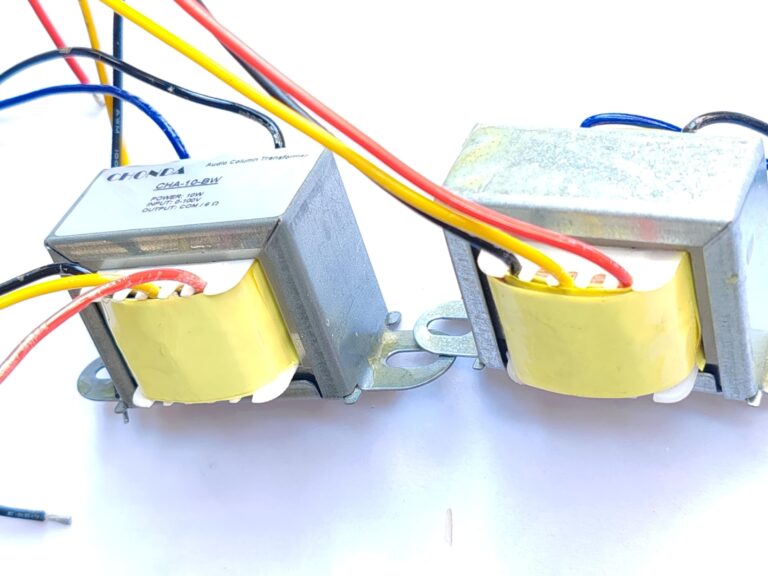We help the world since 2012

Audio Installation Transformer: A Key Component to Enhance Sound Quality and Its Application Scenarios
When setting up or optimizing an audio system, many focus on the main equipment, such as speakers and amplifiers, but overlook a key component: the Audio Installation Transformer. This essential device plays an irreplaceable role in improving sound quality, ensuring impedance matching, and reducing noise interference, which is vital for achieving the best audio performance.
What Is an Audio Installation Transformer?
An audio installation transformer is a device used to match the impedance between audio equipment and to isolate signals. It performs two core functions:
- Impedance Matching: Ensures that the impedance between the audio source and speakers (or other load devices) is properly matched. This optimizes signal transmission and minimizes power loss.
- Signal Isolation: Isolates potential differences between different devices to prevent ground loop noise and interference, thereby improving the purity of audio signals.
Why Do You Need an Audio Installation Transformer?
In real-world setups, audio systems often consist of equipment from different brands or models, which can lead to mismatched technical specs and electrical characteristics.
An audio installation transformer helps eliminate these mismatches. Its main functions can be summarized as follows:
- Impedance Matching
It adjusts the impedance of the path to ensure compatibility between different audio devices, achieving better signal transmission. - Isolation Circuit
It electrically isolates the input and output sections, preventing common-mode interference and improving signal quality. - Noise Reduction
It helps eliminate unwanted noise caused by ground loops, power sources, or other external factors, leading to cleaner audio output.
Application Scenarios
Audio installation transformers are commonly used in the following environments:
- Conference rooms and multi-purpose halls
- Broadcast and recording studios
- Commercial and public address systems
- AV system integration projects
How to Choose the Right Audio Installation Transformer
When selecting a transformer, pay attention to the following aspects:
- Is the power rating sufficient for your application?
- Is the frequency response smooth and accurate?
- Is the size compact and suitable for installation?
- Does the product come from a reliable brand with solid construction quality?
✅ Recommended Product: Audio Installation Transformer
If you’re looking for a high-performance transformer for professional audio systems, we recommend our featured product:
👉 Audio Installation Transformer – Designed for Professional Audio Applications
Key advantages:
- Precise impedance matching to reduce signal loss
- Low distortion and wide frequency response for enhanced sound performance
- Compact size suitable for diverse installation environments
- Optimized for use with amplifiers, loudspeakers, and PA systems
This product is ideal for commercial venues, studios, and system integration projects.
Want to Know More?
If you still have questions, feel free to check our FAQ:
1. What’s the difference between an audio transformer and a line transformer?
While both are used in signal transmission, audio transformers are designed to handle the full audio frequency range and focus on signal clarity, impedance matching, and noise isolation. Line transformers, on the other hand, often refer to devices used in power lines or telephone systems. In short: if you’re working with sound systems, especially speakers or amplifiers, audio transformers are the right choice.
2. How do you use an audio installation transformer in a 70V speaker system?
In a 70V system, the transformer plays a critical role in stepping up the signal from the amplifier and stepping it down at the speaker end. This helps distribute audio over long distances without significant signal loss. An installation transformer ensures each speaker gets the correct power without overloading the system, making it ideal for commercial spaces like malls or schools.
3. Can audio transformers reduce ground loop hum or noise?
Yes! One of the major benefits of using an audio transformer is signal isolation. Ground loop noise often occurs when two devices connected to the same system have a different ground potential. A transformer breaks this loop, isolating the grounds and eliminating hums, buzzes, and interference from your audio signal.




